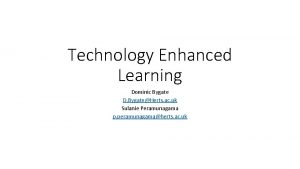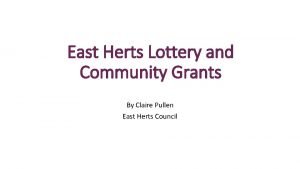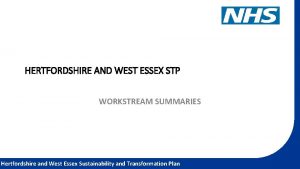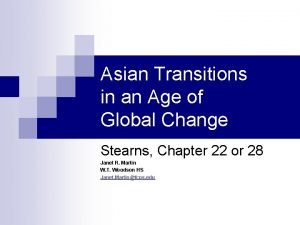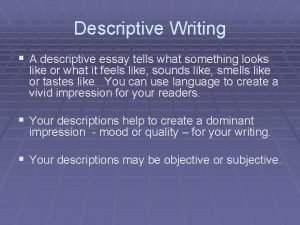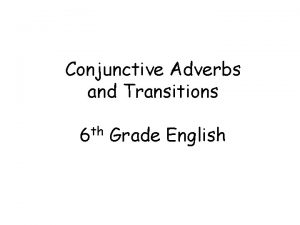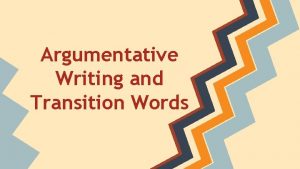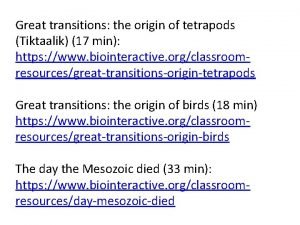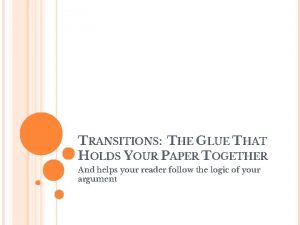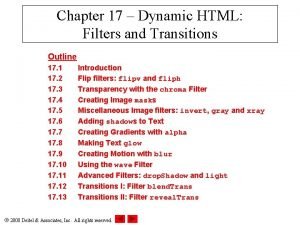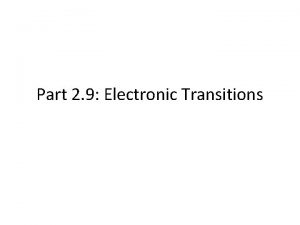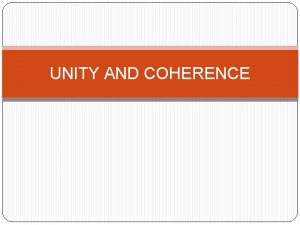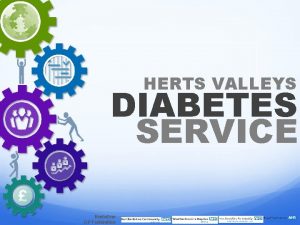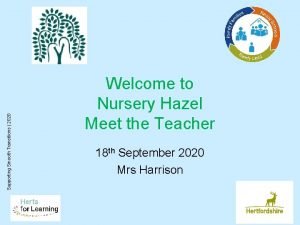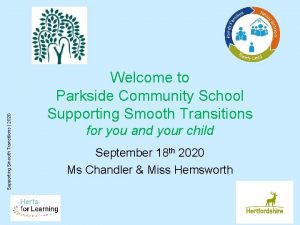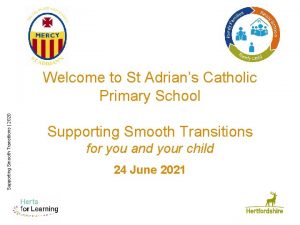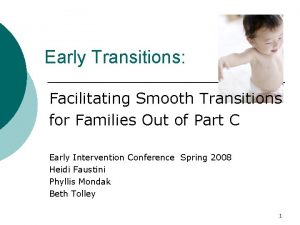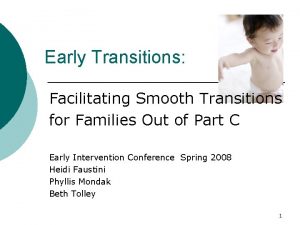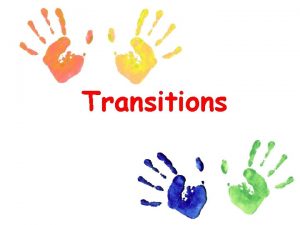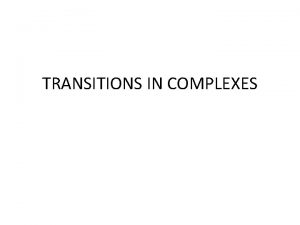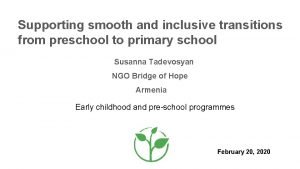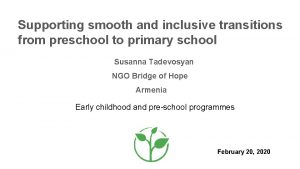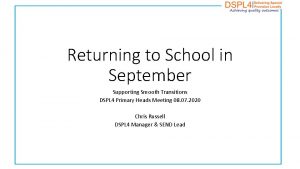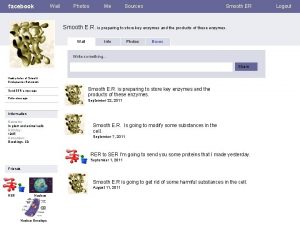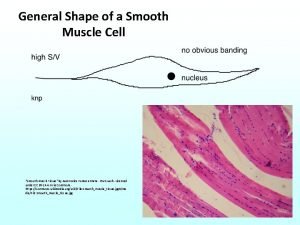Supporting Smooth Transitions Need photo 1 2020 Herts


















- Slides: 18

Supporting Smooth Transitions Need photo 1 © 2020 Herts for Learning

Why is transition important? ‘The transition between phases of education – notably early years to primary, and primary to secondary – is a risk-point for vulnerable learners. Schools need to diagnose pupils’ needs as soon as possible in order to put in place effective support to help those falling behind to catch up. ’ pg 16 The Attainment Gap report 2018 Education Endowment Foundation 2 © 2020 Herts for Learning

The disadvantaged gap in 2019: EYFS The gap increases at every stage of children’s education (Education Endowment Fund (EEF), Attainment Gap Report 2018) 3 © 2020 Herts for Learning

Supporting Smooth Transitions 4 © 2020 Herts for Learning

5 © 2020 Herts for Learning

I am starting school: 5 ways to help support me to be confident, curious and ready to learn more. Being independent Feeling good Loving Learning Doing my best 6 © 2020 Herts for Learning Making my voice heard

Barriers to Learning Consider what might be barriers to children experiencing a smooth transition • A child with English as an additional language • A summer born child 7 © 2020 Herts for Learning • A child with poor attendance • A child with communication and language needs

The research English as an Additional Language (EAL) EAL students have lower achievement on starting school, but this effect reduces markedly with age and is largely eliminated by age 16. Educational Outcomes Among Children with English as an Additional Language (EAL) Oxford University (2016) Summer born pupils can be behind their older peers right through to their GCSEs. They are more likely to have special educational needs, have lower self-esteem, and fall into risky behaviour. Durham University (2019) 8 © 2020 Herts for Learning Communication and Language Poor language skills are the key reason why, by the age of 22 months, a more able child from a low income home will begin to be overtaken in their developmental levels by an initially less able child from a highincome home. The Communication Trust (2016) Attendance If a child is 5 minutes late every day they will miss three days of learning each year. Sutton trust (2016) The world is run by those who turn up.

Transition level of need High level of targeted and personalised support will be required that include additional meetings with professionals, changes to the environment and/or specialist resources/training. Provision will need to be adapted to take into account individual circumstances that may hinder the child settling in Intensive Personalised Targeted Universal Best Practice transition procedures 9 © 2020 Herts for Learning Personalised adaptations to provision will be required that may include additional meetings, changes to the environment or specialist resources/training.

The unique child level of need criteria The Unique Child Transition Level of Need rating indicates the type of support a child may need when they start school. The rating takes into account the potential barriers a child may have that could impact on their learning. 10 © 2020 Herts for Learning

Transition Level Potential Barrier to of Need rating Learning Description of Need Examples of Need English as an Additional Language (EAL) – No English spoken within the family Child beginner bilingual ( learning English as an additional language) and/or in the early stages of language acquisition of home language (first language and/or English) The child and their family do not speak English. TARGETED 1 POINT English as an Additional Language (EAL) Child is working towards the English is not the threshold of English child’s home acquisition language. The child speaks more than one language. UNIVERSAL 0 POINTS Child does not meet any of the criteria Intensive 12 points Personalised 4 points 11 © 2020 Herts for Learning The child cannot express themselves in English.

Transition level of need pathway 12 © 2020 Herts for Learning

Transition Level of Need tool 13 © 2020 Herts for Learning

Suggested Support for each level of need Intensive ‘will not cope’ Transition ‘team around the family’ meetings Intensive Personalised Targeted ‘just coping’ Slight alterations to the usual transition procedures to help support the child to cope 14 © 2020 Herts for Learning Personalised ‘will struggle to cope’ Working closely with parent and child Targeted Universal ‘coping’ Best Practice transition procedures

15 © 2020 Herts for Learning

Upcoming key dates Information Sharing sessions – ‘speed dating’ ( June) Across all of Herts, ALL schools and early years settings requested to attend the session in their district. This provides a valuable opportunity for professionals to meet and share information of the children transitioning from early years to school in September 2020 PLEASE attend to ensure these are a success and support a smooth transition for ALL children. 16 © 2020 Herts for Learning

Resources will be accessible for you to download as they are developed through the transition project. https: //www. hertsforlearning. co. uk/lead ership-and-management/early-yearsimprovement-services/transition-project 17 © 2020 Herts for Learning

Herts for Learning (Hf. L) is a provider of products and services to schools and educational settings within and outside Hertfordshire. We believe that every young person, through access to a great education, should be able to realise their potential, regardless of where they live or their circumstances. We focus on supporting the schools we work with to achieve successful long-term outcomes for their children. Learn more about us at hertsforlearning. co. uk 18 © 2020 Herts for Learning
 Herts study net
Herts study net East herts lottery
East herts lottery Herts and west essex stp
Herts and west essex stp Asian transitions in an age of global change
Asian transitions in an age of global change Rabia transitions
Rabia transitions Subir sachdev quantum phase transitions
Subir sachdev quantum phase transitions Subjective descriptive essay
Subjective descriptive essay However furthermore moreover
However furthermore moreover Elements of script writing
Elements of script writing Transition words in an argumentative essay
Transition words in an argumentative essay Great transitions the origin of tetrapods
Great transitions the origin of tetrapods Transition words for essays 6th grade
Transition words for essays 6th grade Mel con
Mel con What holds paper together
What holds paper together Flocabulary transitions
Flocabulary transitions Filters and transitions in dhtml
Filters and transitions in dhtml Spin selection rule
Spin selection rule Unity coherence
Unity coherence Modern project profiles in spm
Modern project profiles in spm
